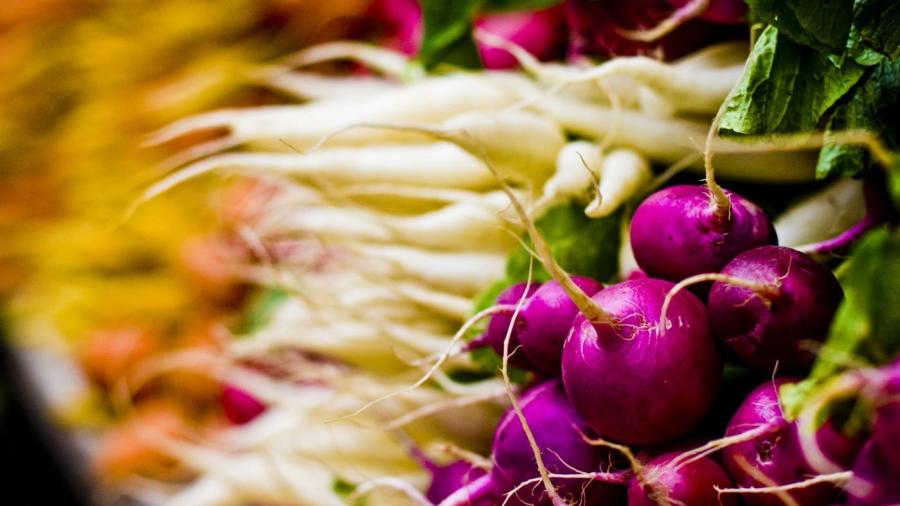What Is the Difference Between a Root and a Tuber?

Plant roots are structures developed to draw nutrients and moisture from the soil while tubers serve as storage vessels and as a means to propagate new plants. Plants form tubers on their roots and both their stems. Stem tubers contain stem cells that allow plants to reproduce by forming new stems and leaves. Root tubers are not true tubers as they do not have stem cells or redacted leaves.
The common potato is a stem tuber. When potatoes are planted from seed, offshoots grow from the stem near the ground, often close enough that the soil eventually covers them. In nature, these tubers lie dormant during cooler weather, then sprouts form as the soil warms, eventually propagating the plant to form new, genetically identical plants. The base of the tuber forms the root system while the top forms the new stems and leaves.
Sweet potatoes are root tubers. They form on rhizomes or horizontal roots of the plant. Root tubers consist only of root cells. To propagate root tubers, each plant requires a portion of the root cap that forms new stem cells.
Carrots, beets and turnips are true root crops and not tubers. While these modified tap roots store energy, they do not propagate new plants.





